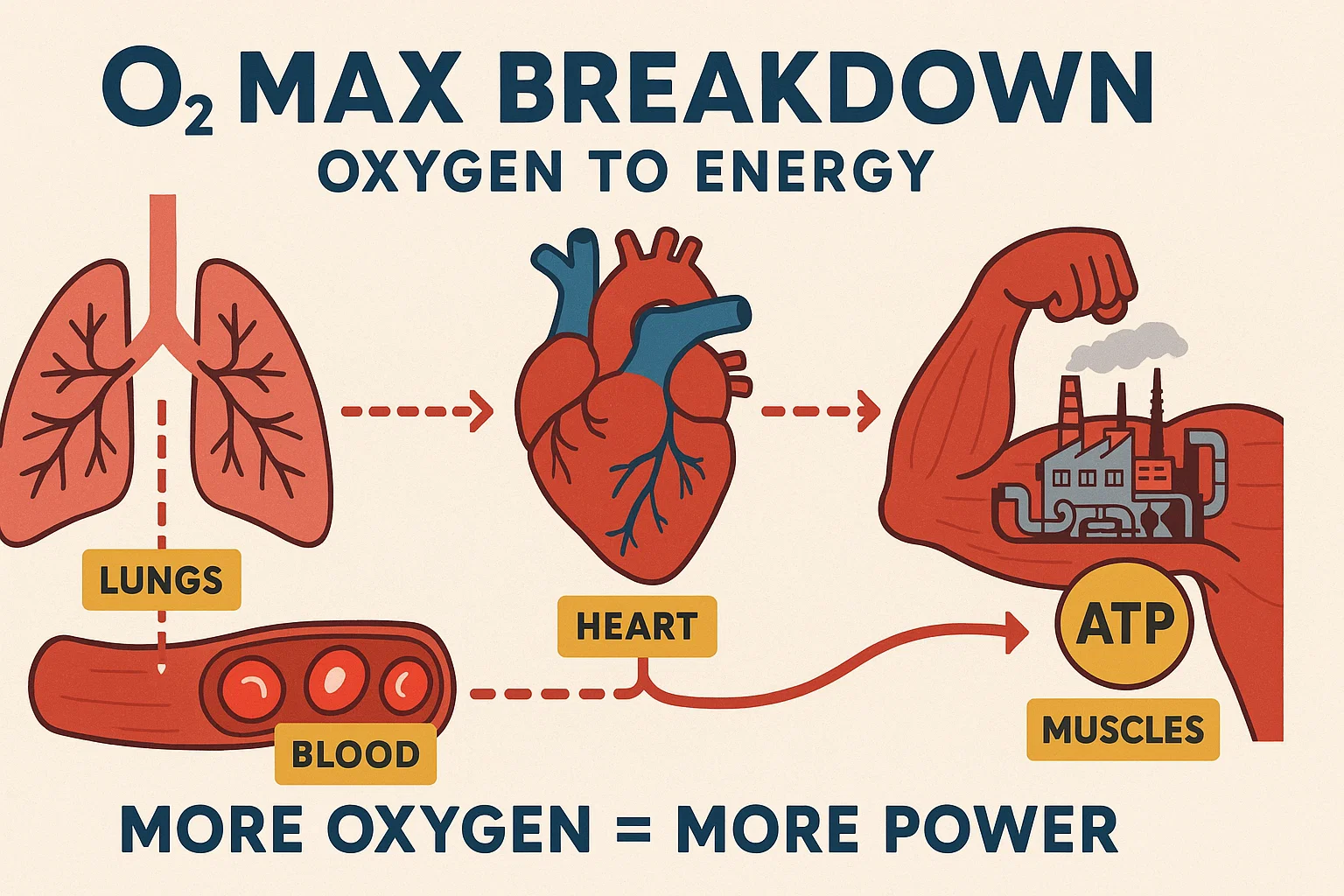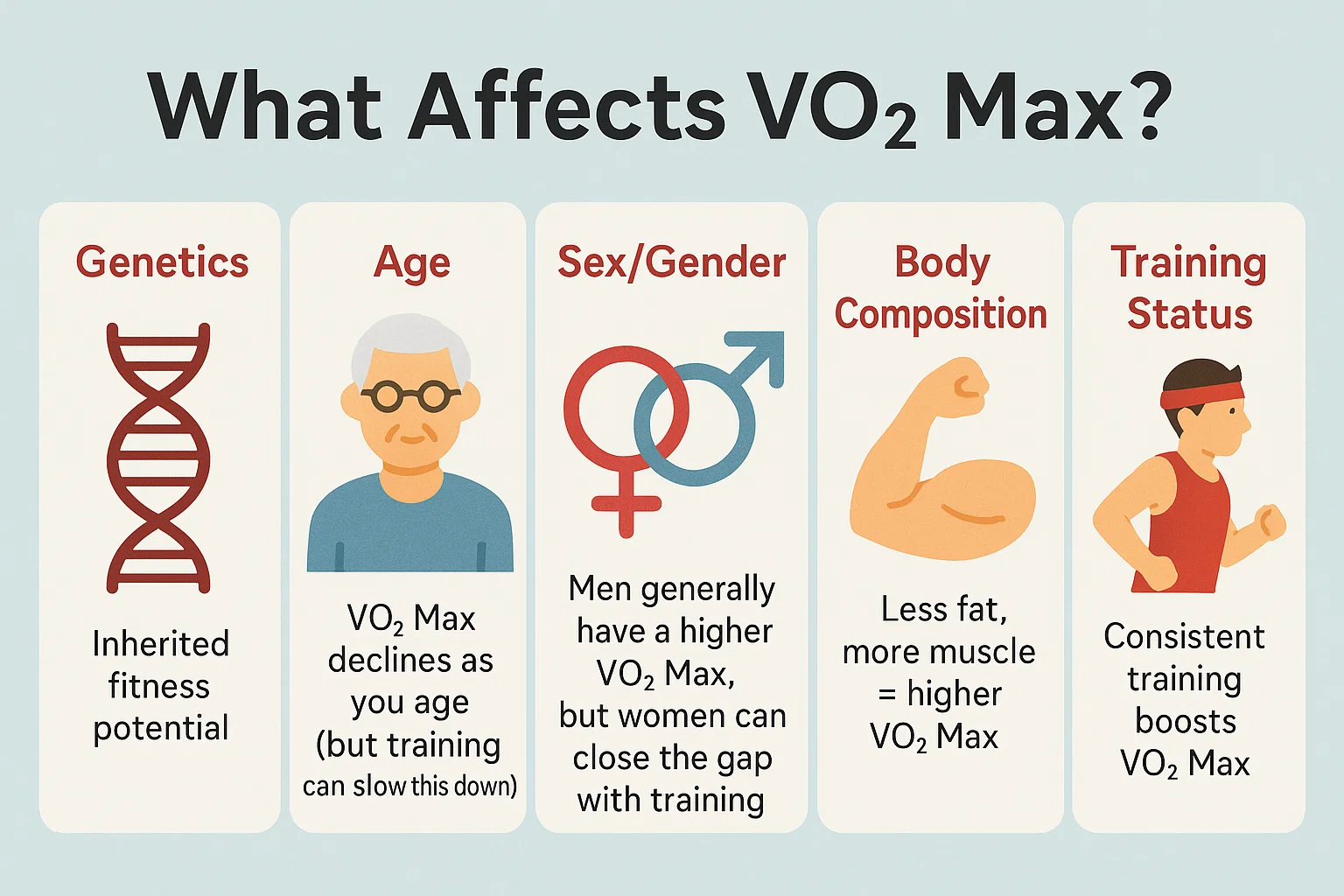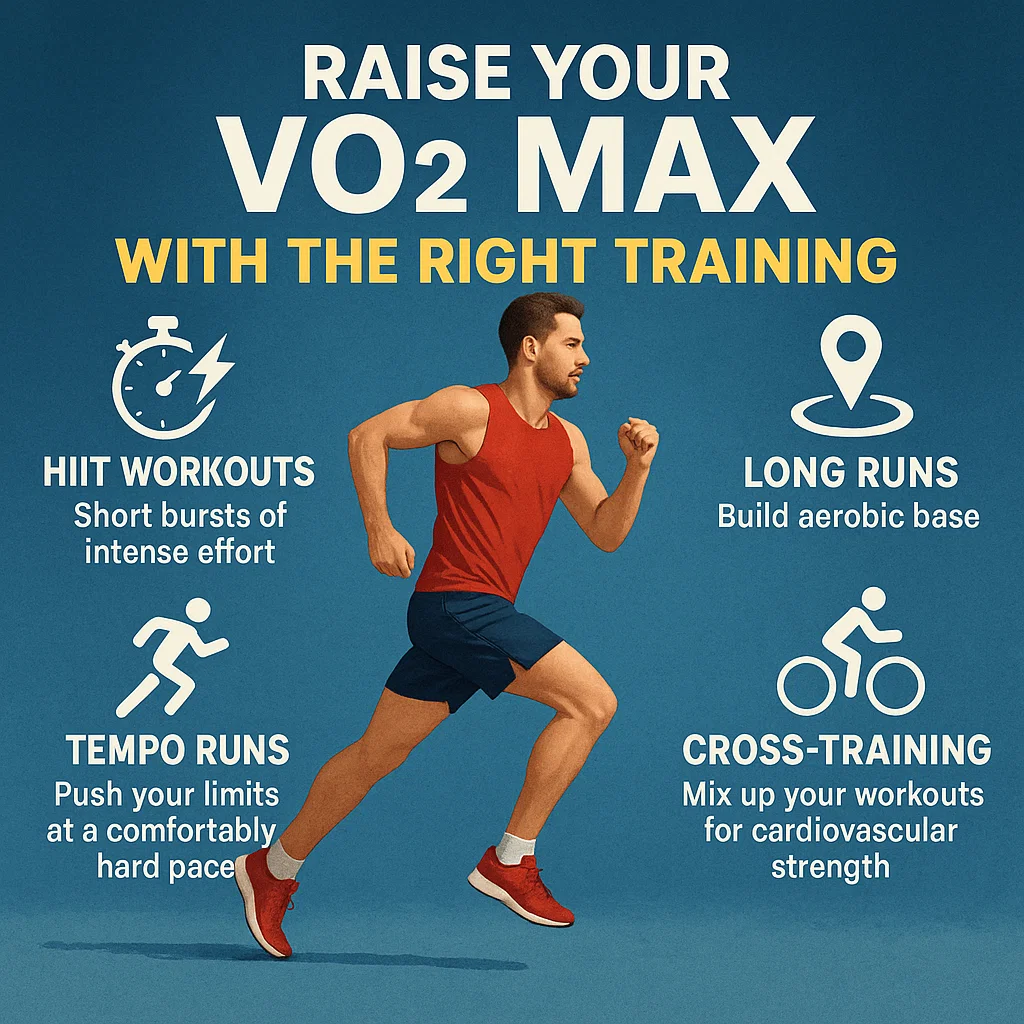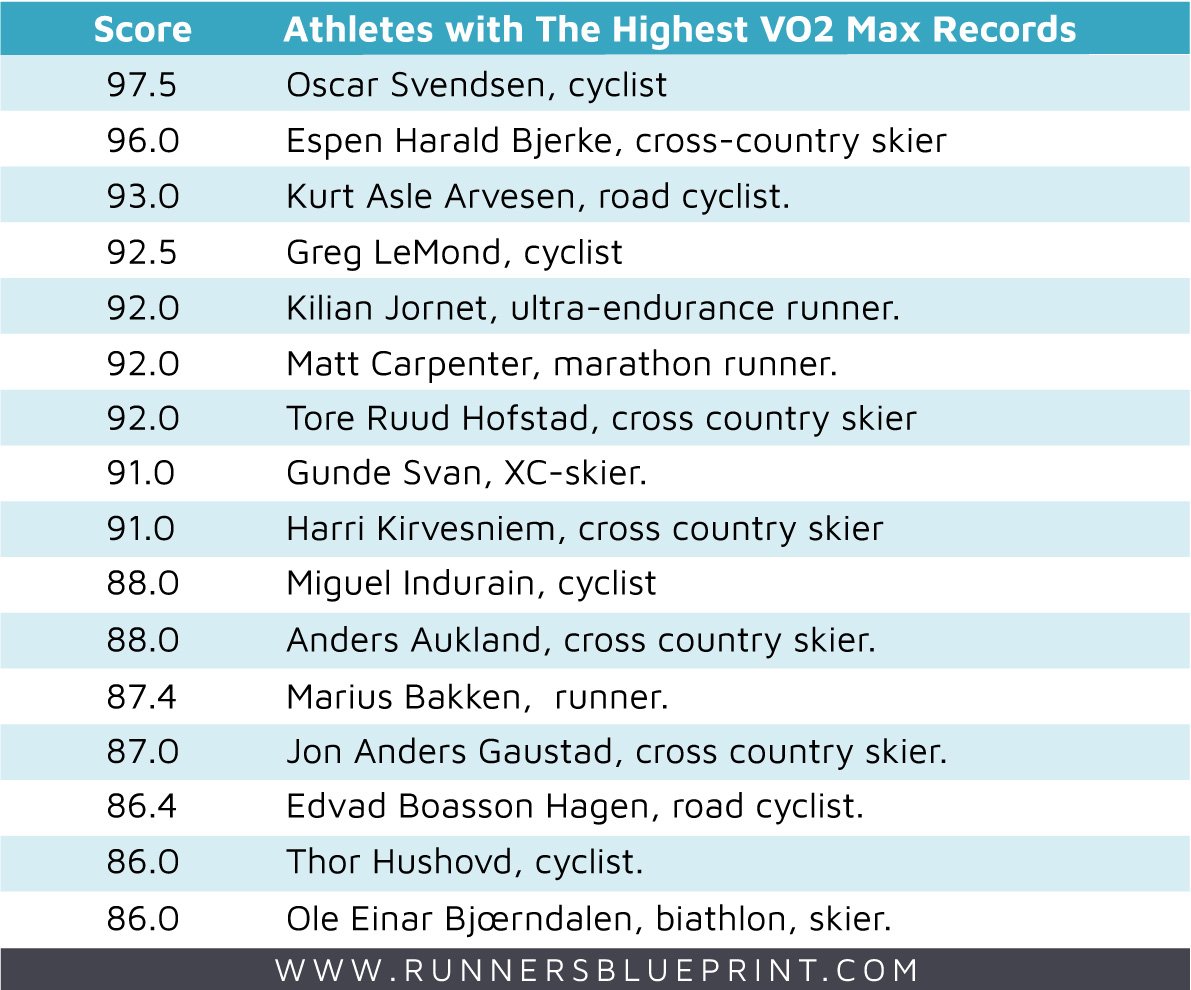Ever wondered exactly how long a marathon is – and why that odd distance became the standard?
Or maybe you’re just curious how long it really takes to run 26.2 miles — and what kind of grit it takes to go from start to finish.
I get it.
As a running coach and marathoner, I’ve been down that road myself.
I still remember the first time I heard the word “marathon.” I was a kid, watching the Olympics, slack-jawed as the announcer said the race was 26.2 miles long.
Twenty-six point two miles?! That sounded completely nuts at the time.
Little did I know, years later, I’d be crossing marathon finish lines — and helping others do the same.
If you’re a new runner and the idea of running that far feels overwhelming, take a breath.
In this guide, I’m going to walk (or rather, run) you through everything you need to know — from the actual marathon distance and how it came to be, to how long it takes to finish one, to tips on pacing, training, and the wild emotional ride of race day.
I’ll share stories from my own journey — the good, the bad, and the sweaty — and some real-world lessons from the running community.
How long is a marathon in miles and kilometers?
A standard marathon is 26.2 miles, or 42.195 kilometers.
That’s the official distance — no more, no less.
It’s basically the run from Marathon to Athens, plus a little extra kick at the end — a brutal 0.2-mile stretch that runners never forget.
Why 26.2 Miles? (Here’s the Backstory)
So why the weird distance?
Why not a clean 20 or 30 miles?
Or a round 40 km?
It’s a mix of ancient legend and a little royal family drama from the early 1900s. No joke.
Let’s go back over 2,500 years to 490 B.C., when a Greek soldier named Pheidippides pulled off an epic run.
According to legend, he ran from the town of Marathon to Athens — about 25 miles — to deliver news of a military victory over the Persians. He arrived, gasped, “We have won,” and then collapsed and died.
Talk about leaving it all out there.
That story is what inspired the first “marathon” in modern times.
When the 1896 Olympics were held in Athens, organizers included a long-distance race meant to honor Pheidippides’ legendary effort — about 40 km (or 24.8 miles).
But here’s where it gets oddly specific.
At the 1908 London Olympics, Britain’s royal family wanted the marathon to start at Windsor Castle (so the royal kids could watch) and finish in front of the royal box at the Olympic stadium.
That change stretched the race to 26 miles, 385 yards — or 26.2 miles.
Yup, that last 0.2 mile was added to make sure the royals had a great view of the finish.
There’s still debate about whether the royal request was that deliberate or if it just turned out that way. Either way, the quirky distance stuck.
Over the next few years, marathons varied — some around 24 miles, others around 26. But in 1921, the International Amateur Athletic Federation made it official: 26.2 miles, or 42.195 km.
That’s been the standard ever since.
And That Final .2? It’s a Beast
Trust me, that .2 at the end is no joke.
After running 26 miles, those last few hundred yards can feel longer than the first 10K.
I’ll never forget my first marathon — I saw the 26-mile sign and thought, “I’m home free.” Then came the realization: I still had a lap around the track for that final 0.2.
Every. Step. Hurt.
Now I always warn new marathoners: don’t stop at 26 in your mind.
The race ends at 26.2, not a step earlier. Mentally quitting too soon is a guaranteed way to crash right before the finish.
What’s a Good Marathon Time for a Beginner?
I get this question a lot—“What’s a good first marathon time?” And my honest answer?
Any time you finish.
That’s already a win.
Seriously, just crossing the line at your first marathon puts you in a club most people will never join. That alone makes your time “good.”
Don’t let anyone (or any website) make you feel like your first finish needs to be fast.
Now, I get it—we’re wired to chase numbers.
Most beginners end up targeting somewhere between 4:30 to 5:30 for their debut. It’s a broad range, sure—but training history, fitness level, and life all factor in.
If you’ve been running consistently, a finish around 5 hours is super common.
And if you roll in closer to six hours? That’s still awesome. You moved your body 26.2 miles. That’s no small thing.
I remember my first marathon.
I just wanted to finish before the street sweepers came through. I hit 4 hours and 33 minutes, and honestly, I felt like a rockstar.
Not because of the time, but because I finished.
I ran smart, soaked it all in, and proved to myself I could do it. One of my early mentors told me something I’ll never forget:
“First, you run to finish. Then, you run for time.”
Take your first marathon as a learning mission.
You’ll figure out pacing, nutrition, gear, and mindset. And if you fall in love with it like I did? You’ll have plenty of chances to chase PRs later.
Here’s how to walk a marathon race in case running it ain’t your thing.
What Impacts Your Marathon Time?
There’s no universal standard here—marathon times are personal. But some factors absolutely play a role:
Age
Generally, runners in their 20s and 30s tend to have a speed edge.
But let’s be real—I’ve seen plenty of 40+ and 50+ runners cruise past younger folks on race day. Age gives you experience and mental grit—and those matter just as much as fresh legs.
Gender
Sure, men’s average times are usually a bit faster than women’s, but it’s not a fixed rule. A well-trained woman will absolutely smoke an undertrained man.
The real separator? Consistent training.
Training & Fitness
This is the big one.
How many miles you’ve logged, how smart your workouts have been, how you’ve managed recovery—these are the game-changers.
I’ve coached 45-year-olds who outpaced 25-year-olds just by sticking to a solid, long-term plan. You get what you train for.
The Course Matters More Than You Think
Not all marathons are created equal.
A flat course like Berlin? Great place to aim for a fast time.
Something like Boston with its legendary hills? That’s a grind even for seasoned runners.
I live and train in Bali, and trust me—humidity and heat are no joke.
If you’re racing in tropical weather, slow down on purpose—maybe by 10 to 30 seconds per mile—to avoid blowing up halfway through. I’ve learned that the hard way more than once.
Even the time of day makes a difference. Cooler early morning races often lead to faster finishes than scorching afternoon ones. You’ll feel it in your legs and your lungs.
Fueling & Pacing: The Invisible Enemies
Even if your training’s on point, you can blow it on race day if your fueling or pacing is off.
I’ve seen strong runners hit “the wall” at mile 20 and crawl the last 10K because they skipped gels or went out way too fast. I’ve been that guy once—trust me, bonking is brutal.
But when you fuel right and pace yourself smartly?
That’s when the magic happens.
Your body holds up, your mind stays sharp, and you cross the finish feeling proud—not wrecked.
Advice for First-Time Marathoners
Alright, if you’re still reading, that means you’re serious.
So let’s strip it down.
This is the talk I’d give my best friend the night before their first marathon.
No fluff, no clichés—just the raw, honest stuff that actually matters.
Show Up Consistently—Not Perfectly
Marathon training isn’t about smashing every single run.
It’s about stringing together weeks of “pretty good” runs.
Life will get in the way. You’ll miss a workout, maybe two.
Don’t freak out. Don’t cram missed miles like you’re cramming for a test. Just get back to it. One messy week won’t wreck you—quitting will.
I’ve coached runners who trained 80% of the time and still crushed it on race day. No one trains perfectly.
You don’t need perfection. You need to show up, again and again.
Respect the Distance—It’s No Joke
This ain’t a 5K. The marathon humbles people.
So build slow. Bump up your long runs and weekly mileage a little at a time—about 10% per week, max.
I’ve seen runners peak too soon or blow up from pushing too hard too fast. Trust me—it’s better to toe the line slightly undertrained than to show up broken.
Know the Difference Between Pain and Injury
If you feel sharp pain? Stop.
That’s your body yelling at you. But sore calves, tired quads, burning lungs? Welcome to the party.
During my a recent marathon, I thought I was injured at mile 8. Turned out it was just panic mixed with tight hamstrings. Took a deep breath, adjusted my stride, and rolled on.
You’ll learn to tell what’s “deal with it” pain and what’s “see a physio” pain.
Test Everything in Training—No Surprises on Race Day
Shoes, socks, gels, breakfast, even the underwear—test it all.
Do long runs in full race gear.
Don’t wing it.
I once ran a race in a fresh-out-the-box singlet. Bad move.
Mile 18 and my underarms were bleeding. No exaggeration. Now I do full “dress rehearsals” during training.
Also, Vaseline is your friend—inner thighs, nipples, underarms, toes. Trust me.
Fuel and Hydrate Like a Pro
Start carb-loading a couple days out—nothing crazy, just more rice, pasta, potatoes. Don’t eat like it’s your last meal.
On race morning, keep it light and simple. Then take in fuel every 40–45 minutes once the race starts—gels, sports drink, or both.
My gel strategy? Mile 6, 12, 18, and 22.
Adjust as needed. Sip water often. Even a few gulps at aid stations help. Don’t wait till you feel empty—it’s already too late by then.
Start Slow. No, Slower Than That
The number one rookie mistake? Going out too fast.
Run the first few miles like you’re warming up for a long run.
I always tell my runners: “Run the first half with your head, the second half with your heart.” You’ll thank yourself when you’re passing folks who blew up at mile 15.
Expect Something to Go Wrong
Something will go sideways.
Weather, tech, cramps, a random porta-potty stop—whatever. That’s the marathon. Be ready to roll with it.
I once had my shoe untie at mile 20. Stopped, tied it, stretched my calves for 10 seconds, then carried on.
Stuff happens. Don’t let it shake you. Adapt and move.
Use Your Mental Toolbox
Write it on your arm. Mine’s “Strong. Steady. Savage.”
When it hurts, break the race into chunks. “Get to the next lamp post. Now the next one.”
That’s how you survive the wall.
And yeah, I smile when I’m hurting. Literally.
Studies show smiling can help lower perceived effort. Plus, it confuses your brain. You trick yourself into thinking, “I’ve got this.”
Remember Why You Signed Up
There’ll be moments when you ask, “Why am I doing this?” Have your answer ready.
For me, it’s my runners. I’ve told them I’m running, and I want to lead by example.
I’ve also done marathons for my younger self—the kid who never thought he’d be an athlete. That kind of fuel is stronger than any gel.
Plan What Happens After You Finish
Have dry clothes ready. A snack. A place to meet your people (you’ll be too foggy to think straight). Walk a bit post-race—don’t collapse and lock up.
My go-to: chocolate milk, a giant burger, and some quiet time to soak in what I just did. Then a hot bath and zero running for a few days.
Respect the recovery. You just did something huge.
Soak It In
This is your first marathon.
You’ll never get another first.
Look around. High-five a kid. Thank a volunteer. Smile at the stranger who’s also hurting but still grinding.
I still remember a guy giving me a thumbs-up when I started walking at mile 23. I got back to running because of that moment. You’ll have those too—little sparks that stick with you.
Final Thoughts: Your Marathon Story Awaits
So, how long is a marathon? It’s 26.2 miles (42.2 kilometers) – but in truth, it’s as long as the countless hours you dedicate to a dream, as long as the friendships forged on long runs, as long as the memory of achieving something truly special.
In practical terms it might be a few hours of running, but in meaning, it can last a lifetime in your heart.
Now, it’s your turn to add your own chapter to the marathon story.
Lace up those shoes, trust the training, pace your race, and soak up every moment from start to finish.
The final stretch might be the hardest thing you’ve ever done – but as you cross that finish line, exhausted and exhilarated, you’ll realize exactly why the marathon is worth every mile.
See you at the finish line – I’ll be the one cheering loudest for you. 😉
Happy running, and welcome to the 26.2 club!













